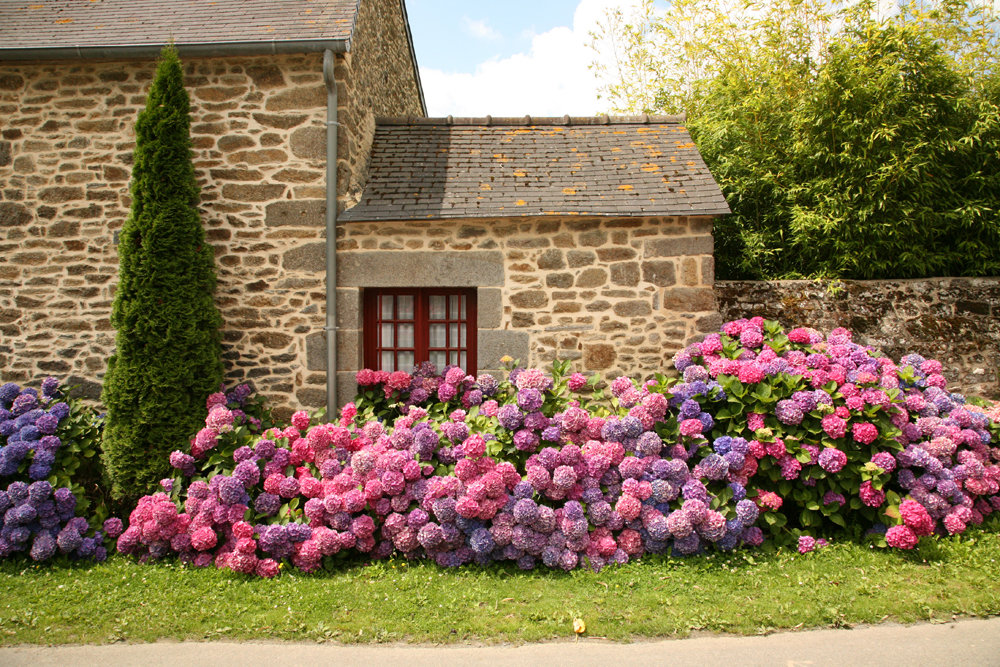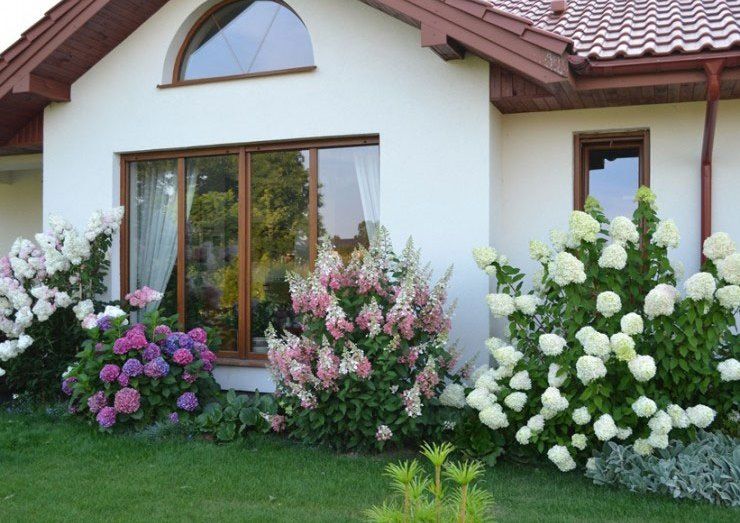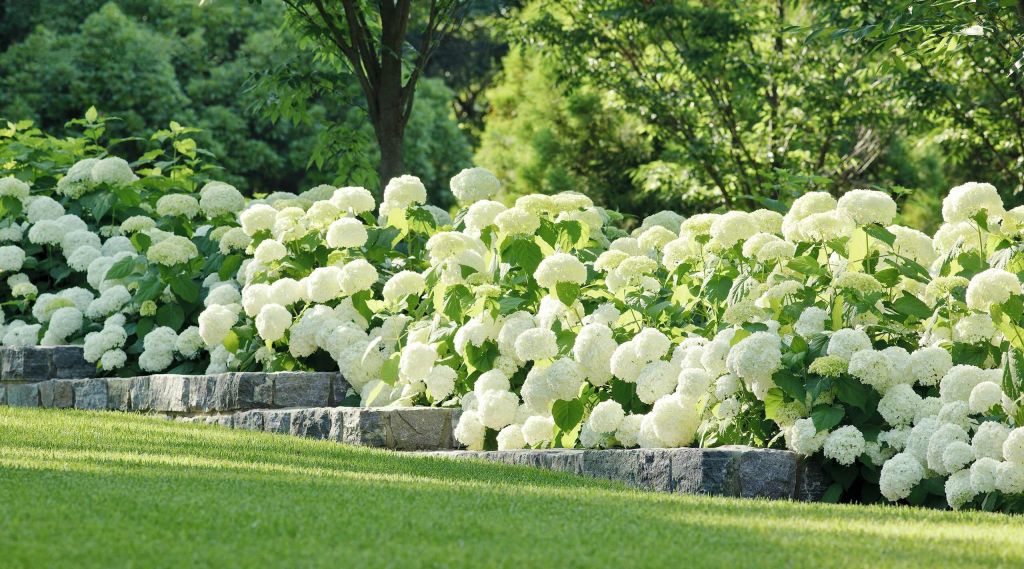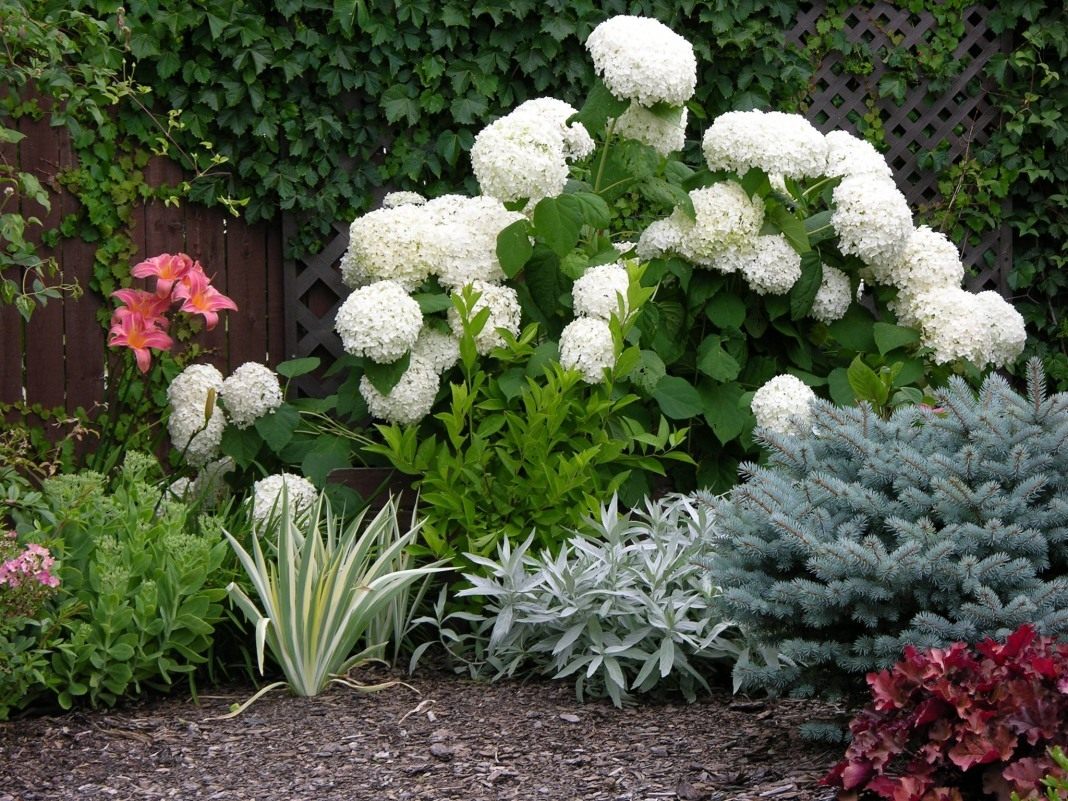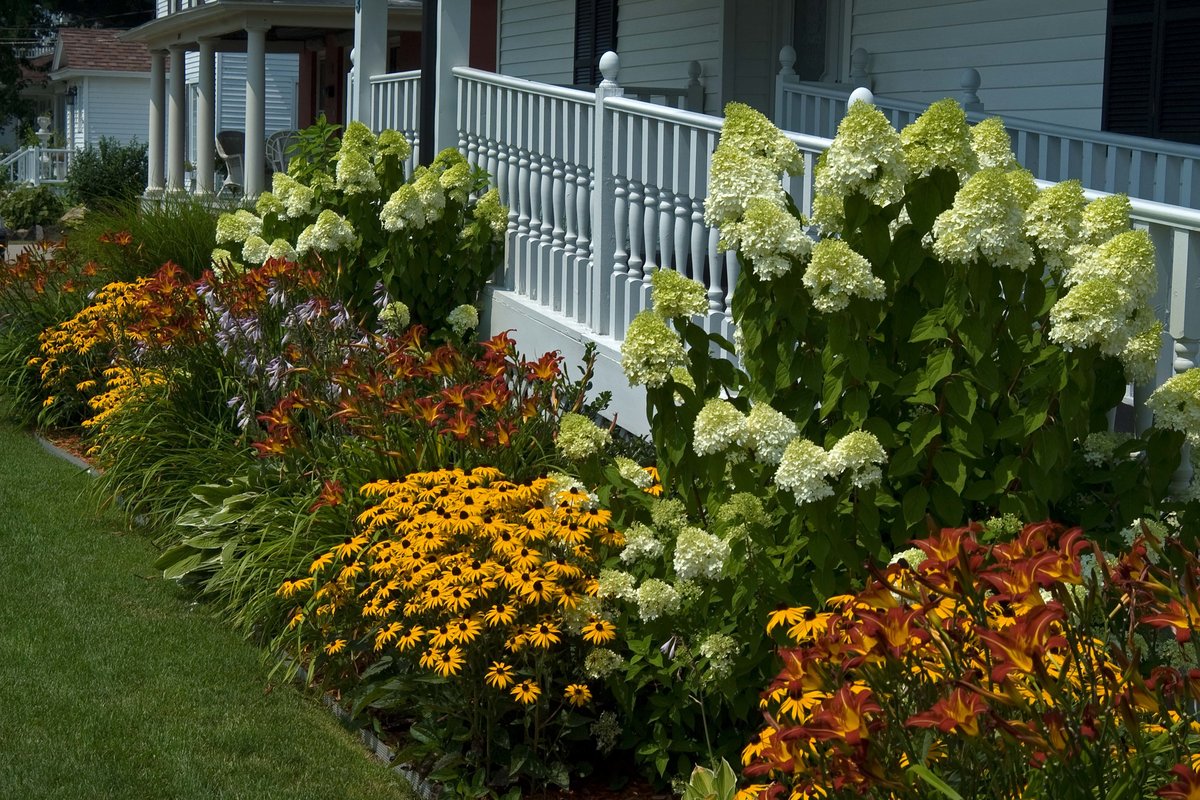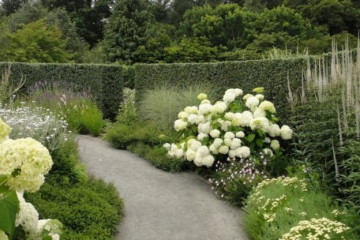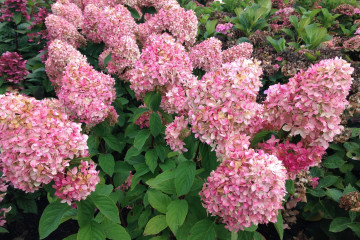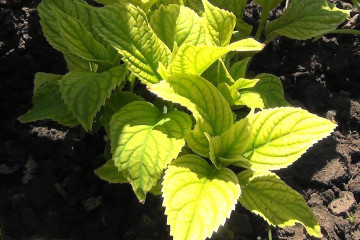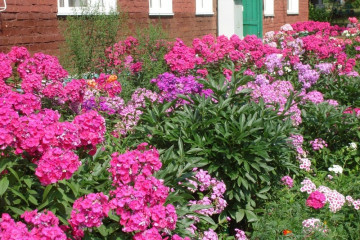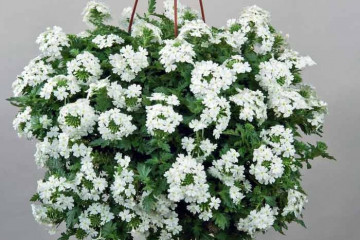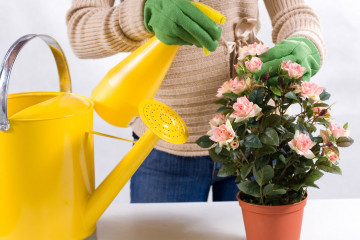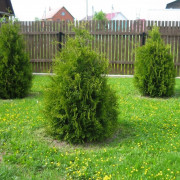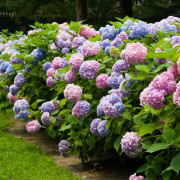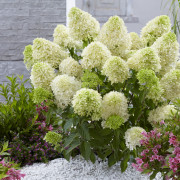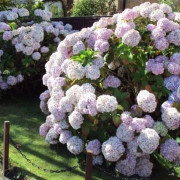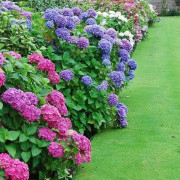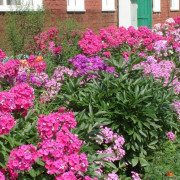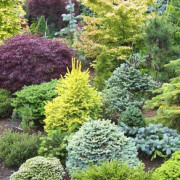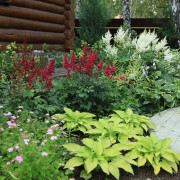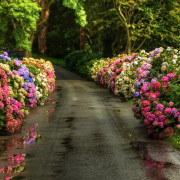Hydrangeas in landscape design - which plants are combined with in a flower bed
Content:
Every gardener strives to make his garden plot attractive and individual. Hydrangea is a plant that fits perfectly into any garden design.
The benefits of a flower when used in landscaping
Hydrangeas are widely used in landscape design. The undoubted advantages of the shrub include the following qualities:
- a variety of shapes and colors of inflorescences;
- decorative foliage;
- long flowering period.
Some varieties of the flower can be used to decorate terraces, gazebos, arched structures, pergolas, and entrances. The shrub is suitable for placement in separate groups, hedges and space zoning.
Types and varieties that can be used in garden design
Many varietal hydrangeas have been bred. The most common varieties in Russia:
- paniculate;
- tree-like, also called smooth or wild;
- large-leaved, it is garden;
- petiolate;
- oak-leaved.
There are other subspecies of hydrangea, but they are used less often in the landscape design of summer cottages in Russia.
Paniculata
The natural habitat of this species is Japan, China, Sakhalin Island. More often than others, varieties are used to create a composition with panicle hydrangea in the garden:
- Pinky Winky;
- Grandiflora;
- Vanilla Fries.
All of these varietal varieties have large, fragrant inflorescences and require regular formative pruning.
Large-leaved
Many varieties of this variety have unevenly colored inflorescences that combine several shades. The following varieties have gained great popularity:
- Ever Peppermint;
- Red Sensation;
- Endless Summer.
Tree-like
This hydrangea is used in the landscape due to its abundant flowering and excellent winter hardiness. The most popular varieties:
- Annabelle;
- Sterillis;
- Invisible Spirit.
The plant is suitable for cutting, forming dry bouquets in boxes or vases. Fits perfectly into any interior, keeping its shape for a long time.
Pereshkovaya
A liana-like crop variety that grows in the Kuril Islands and Sakhalin. Varieties are planted on personal plots:
- Petiolaris;
- Cordifolia;
- Miranda.
The plant prefers partial shade and moist soils.
Dubolistnaya
Patterned foliage resembles oak in shape, the height of the bushes is 2 meters, flowering begins in June. The varieties gained fame:
- Burgundy;
- Amethyst;
- Harmony.
Optimal cultivation in the south of the country. In the Central lane and the Moscow region, in the first years of life, a flower needs winter shelter.
What plants is hydrangea combined with in landscape design
The flower hormones with various plants.Experienced gardeners are guided by the general style and characteristics of the backyard area.
With conifers
The panicle hydrangea in garden design is often used in composition with various conifers. They form group plantings, where conifers act as the background, and small dwarf specimens of thuja or pine, on the contrary, come to the fore. These plants have the same need for light and soil moisture, which makes them great neighbors.
With hosts
Hosts of contrasting color and bush shape are often planted next to hydrangeas in the garden. These perennials correspond to the optimal location, effectively emphasizing each other.
With roses
From planting next to climbing varieties of roses, compact varieties of hydrangeas only benefit. Treelike and large-leaved varieties look better with smaller rose bushes.
With perennial flowers and shrubs
Of the perennials of hydrangeas, daylilies, anemones, phloxes are most suitable. From bush crops, it is emphasized by barberry, viburnum, rhododendron and spirea. The main thing is to choose the right plants according to the color of foliage and inflorescences, and also take into account their height in a mature state.
Flower bed schemes with hydrangeas
Having figured out which plants the hydrangea is combined with, you can begin to form a planting plan. Successful options for placing a bush in a garden in the form of a flower bed:
- One-sided flower garden, framed by herbaceous perennials.
- Double-sided or tiered composition, including badan, hosts and astilba.
- An extensive flower bed with barberry, thuja, juniper.
The best places to arrange compositions with hydrangeas
There are many options for placing culture in the garden. The plant helps to decorate any area, turning it into a well-groomed and attractive corner.
Parade zone
Flower beds located in the central or front part of the backyard area are recommended to be formed on the basis of tall types of hydrangea. Lush, spreading bushes will perfectly fill the empty space, making it cozy.
Lawn
Against the background of a neatly trimmed lawn, singly planted hydrangea bushes look great. Given the openness of the space, it is advisable to select more compact varieties that can grow in direct sunlight, or to think of a shelter for them from the midday heat.
Near the reservoir
Hydrangeas are very fond of the proximity of water, therefore they are especially suitable for decorating ponds. The main thing to remember is that the roots of the plant must be protected from moisture stagnation, despite the proximity of the reservoir. Nearby you can plant junipers, derain, willows, irises.
Along a fence or wall
A hydrangea planted near the fence will feel quite comfortable, thanks to its protection from gusts of wind and direct sunlight. She can be accompanied by the same conifers, hosts and various ferns.
Flower garden
As part of a flower garden with hydrangea, you can find spectacular and expressive plants. It looks great in the frame of bulbous crops (tulips, daffodils, crocuses) or annuals (marigolds, pansies, dahlias). The plus is that in the next season, a poorly chosen combination can be easily replaced.
Knowing what the hydrangea is combined with in the garden, you can independently compose a unique landscape composition in the country. Luxurious shrubs of this plant will adorn any garden.
